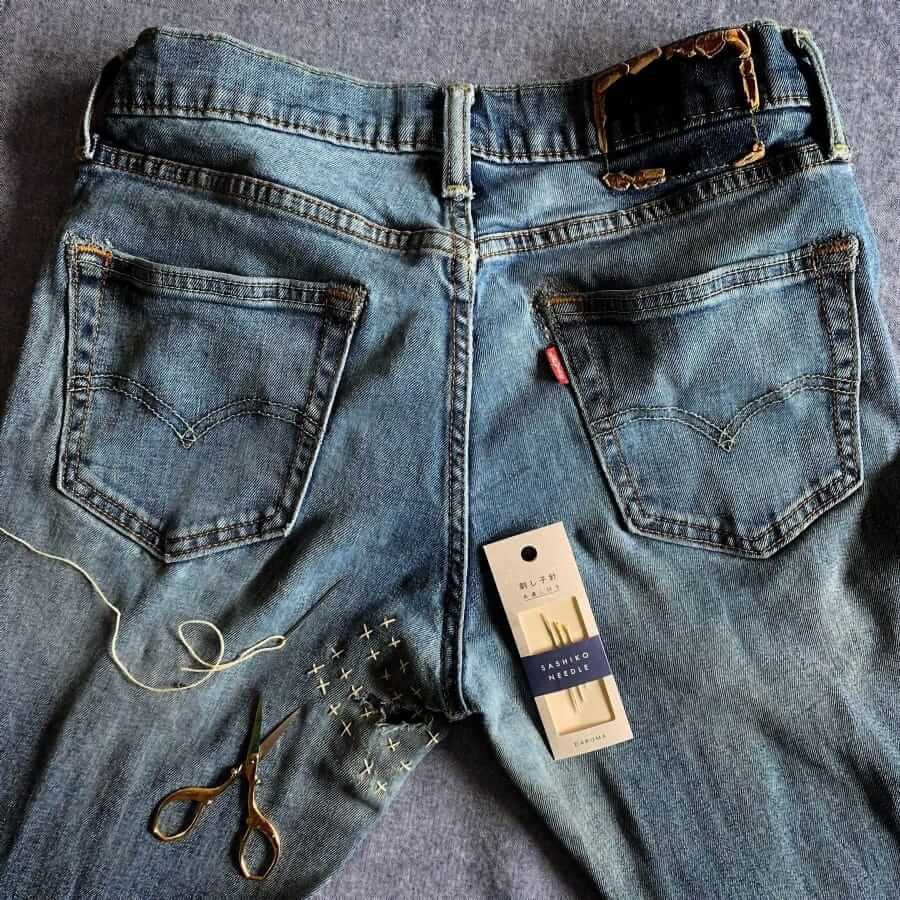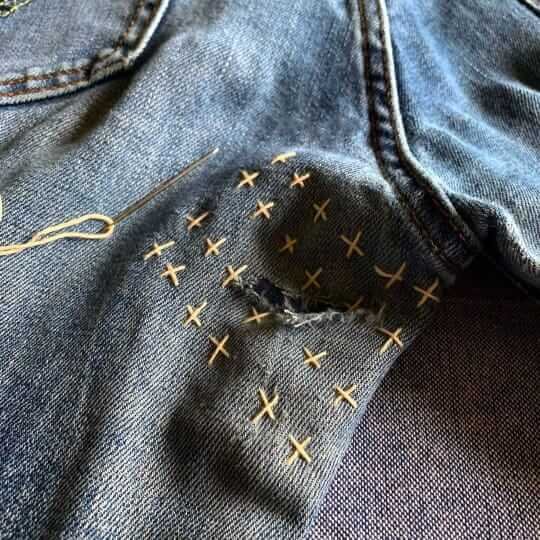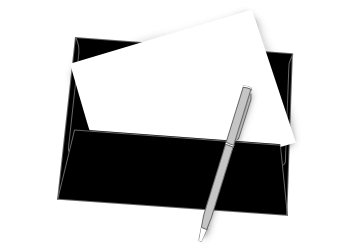I’ve always had a thing for obvious mending. My books are dog-eared, my notebooks foxed. I hardly, if ever, polish my shoes. My glasses bend a bit upwards. This is due to the years of cradling my head with the palm of my hand while reading in bed. You might say I have an affinity for scars, in a way.
I like my clothing to show the same wear, the same obvious use, the same mending patterns. Is it too cliché to say that worn clothes tell a story? Perhaps. But as with most clichés, like bad jokes, there's a little bit of truth to them.
The Japanese know this best. You've heard of kintsugi, I am sure, or at least seen it plodding around design blogs and social media. It's the process of mending cracks with gold. Filling in the imperfections with beauty. It adds to the object's history, so goes the philosophy. One doesn't hide the scars, but celebrates them.

The sartorial cousin to this practice is known as sashiko—a Japanese mending technique that uses obvious stitches to enhance a piece of clothing, both functionally and aesthetically. I had first learned of sashiko from Instagram and have since enjoyed the process for the small rips and tears that come from living on a farm (and, admittedly, around the thighs of some pairs of jeans, due to gaining a few pounds during this last year of lockdown).
I learned to sew from a free class at a local library, so I'm sure a quick YouTube tutorial will give you the necessary basics. I think my lack of education has provided me with a cut-the-bullshit approach to mending that others can try out with minimal effort and minimum risk.
First, buy the supplies. For me, I prefer to keep it simple: an indigo fabric with a white thread, of which there are many varieties on Etsy, or even your local Target can do in a pinch. I like to embroider in my spare time, so I go with a larger embroidery needle, which is also handy when mending a thicker fabric like denim.


Next, cut the fabric. It should be in a general rectangle shape with about a half-inch margin around the hole you're mending. Turn your garment inside-out. Pin fabric into place.
Now, this part is a bit unnecessary if you're confident in your sewing (or just lazy, as I am), but you can get a better pattern by mapping it out in chalk before you begin sewing.
Thread your needle and use your chalked outline as your guide to begin your mending pattern. Pay special attention to the edges first and remove the pins you used to secure the fabric as you go. I use a traditional backstitch for this because I just find it to be the easiest.
Finally, tie your knot, cut your thread, and marvel at your work. Are the stitches a little uneven? Is the denim frayed a bit? That's a good thing. It's the imperfections we should be gravitating to, in this mass-produced, uniformity-obsessed world we live in.
Stitch History
According to textile historian Cynthia Shaver, the earliest recorded appearance of purely aesthetic sashiko-stitching was in the eighth-century.
































